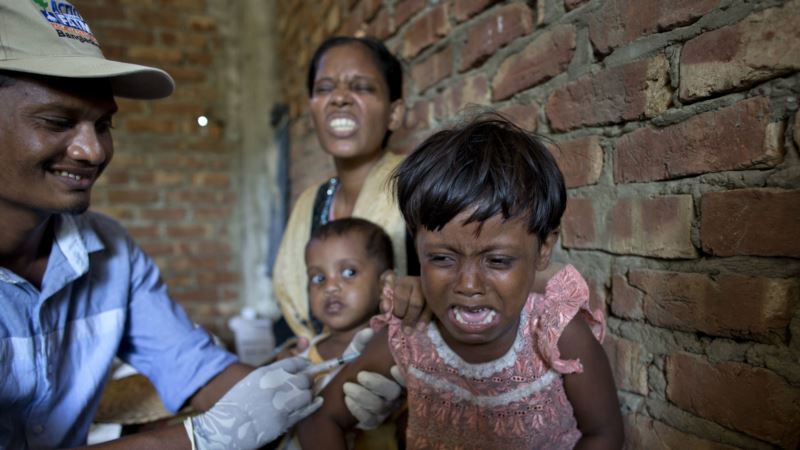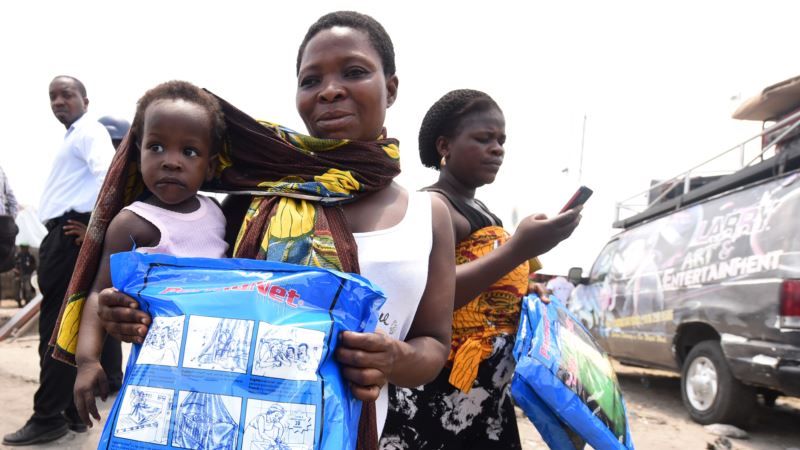The World Health Organization, UNICEF, and the U.S. Centers for Disease Control and Prevention say the rate of deaths from measles has dropped 84 percent since the beginning of a global vaccination campaign in 2000. Experts say the number of people who died from measles in 2016 was about 90,000, compared to more than 550,000 deaths in 2000. This marks the first time that worldwide measles deaths have fallen to less than 100,000 per year. Robert Linkins, of the Measles and Rubella Initiative at the CDC, said in a statement that "saving an average of 1.3 million lives per year through measles vaccine is an incredible achievement and makes a world free of measles seem possible, even probable, in our lifetime." Since 2000, some 5.5 billion doses of measles vaccine have been administered to children through routing immunization services and mass vaccination campaigns. The disease is contagious through air particles and can spread quickly. Measles kills more people every year than any other vaccine-preventable disease. But the WHO says the world is still far from reaching regional measles elimination goals. Since 2009, officials have managed to deliver a first dose of the vaccine to 85 percent of the babies who need it, but there has been no improvement in that rate in eight years. And only 64 percent of the affected population has gotten the second dose, which comes when a child is four or five years old. The WHO says "far too many children" — about 20.8 million — have not had their first measles vaccine dose. Most of those children live in Nigeria, India, Pakistan, Indonesia, Ethiopia and the Democratic Republic of Congo. The disease puts children at risk of developing complications such as pneumonia, diarrhea, encephalitis and blindness. Measles vaccine is administered along with vaccines for mumps and rubella, in a shot known widely as MMR.
Experts Say Measles Victims Dropped Below 100,000 in 2016






